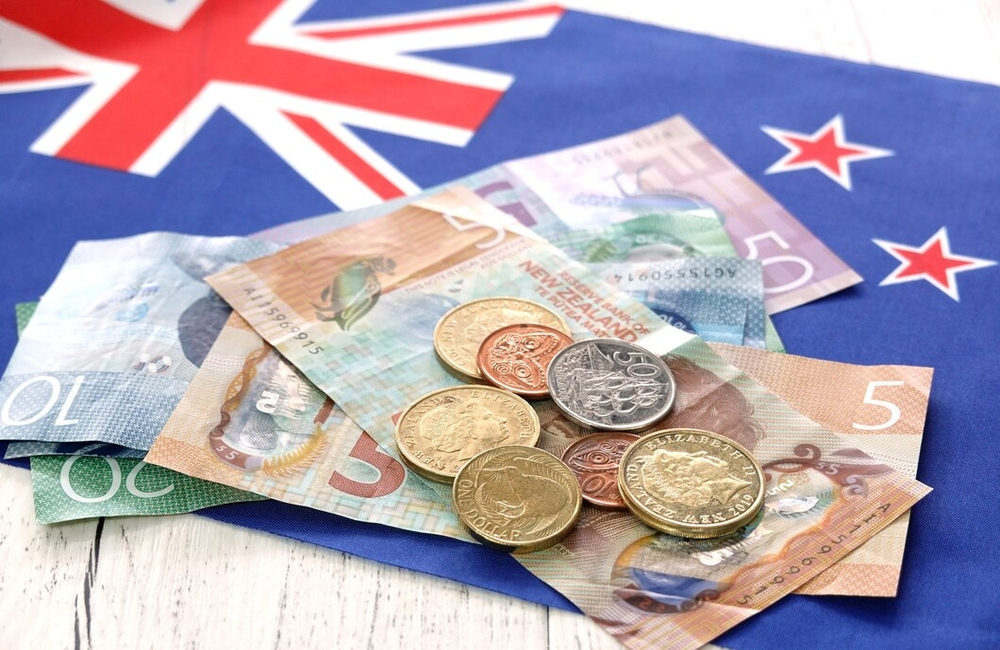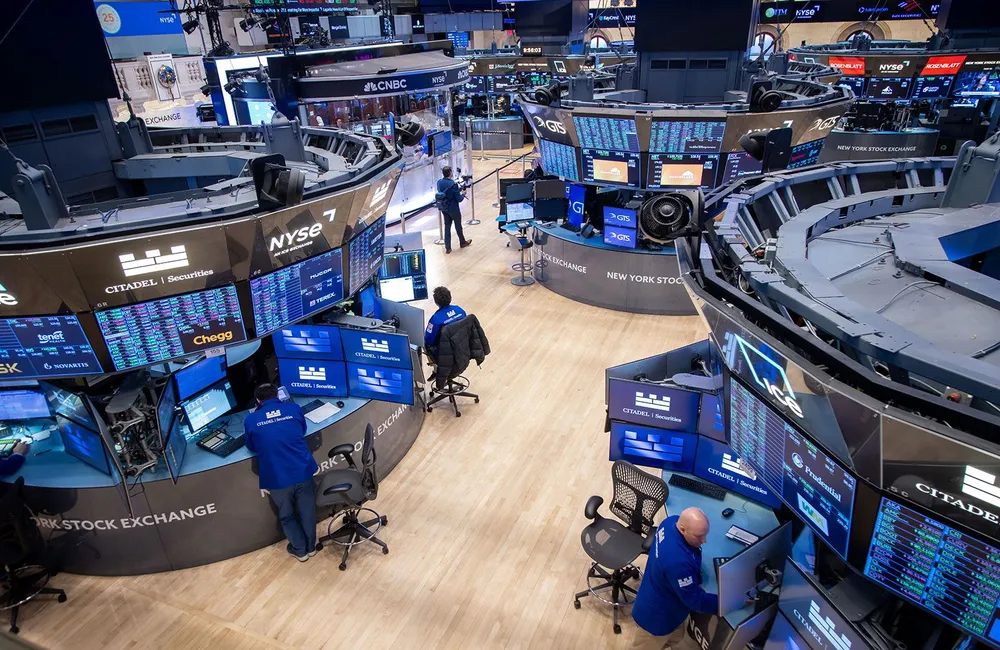The market is pricing in a dozen of them by the end of 2023 but Philip Lowe will see a threat to his legacy.
While the 2022 Budget has some sugar pills, one number among all the statistics is vital for thousands of Australian borrowers. Treasury is conceding inflation will hit 4.25 per cent this financial year and surely the Reserve Bank will have to respond with even higher cash rates. But here is the possible saviour inflation next financial year is forecast at 3%. Transitory is back! And Treasury is forecast hailing 3.25% annual increases in wages next year a real wage increase for the first time in years.
Treasury has a terrible record of forecasting, and the latest Budget revealed the Department was depressingly negative about the size of the deficit just months ago in MYEFO. But the inflation rate is one number that borrowers hope is close to accurate.
Futures market forecasting a meltdown
The story of interest rates and inflation continues to unfold almost day by day, and the outlook is growing sharper. A chart of rolling expectations from the last few months below reflects revisions upwards to expectations with the market now expecting the cash rate to rise from 0.1% today to over 3% by July 2023. That is a whopping 12 rate hikes of 0.25%. If the Reserve Bank needs to lift, say, at least every second meeting for the next year, and further increase mortgage repayments, the borrowers will start worrying more and more — and stop spending. At 6% for variable rate housing, thousands will default, and the price of property will drop.
1. The higher prices filtered through the value chain
Philip Lowe acknowledged the significance of expectations in a speech on 11 March:
“One thing that we're watching quite closely here is the inflation psychology. For years companies did not want to raise their prices and because they didn’t want to raise their prices they didn’t want to raise wages. It could easily be the case that they have to go through a long period of this headline inflation until this kind of psychology changes and the firms will say, no, actually, we have to raise our prices and if our prices are rising, then we can afford higher wages. So we’re monitoring very carefully any change in the inflation psychology. If that change were to happen, inflation would be higher, and it would be more persistent, and we would need to react to that in time.”
It’s gotten to the point for companies where it’s now seen as acceptable to pass along price increases at the wholesale and retail level, and that’s likely to get incorporated into wage demands.
2. Philip Lowe’s reading of the numbers
Fans of rates hang on every word from the RBA Governor but there is no Korni-like insight into what inflation is going to do for the rest of the year. In fact, he wants to reduce what the market expects of him. This is from his Press Club Q & A of 2 February 2022:
“I did not expect us to be in the situation. We have no crystal ball; there is much uncertainty. But what we have done is react to the changed circumstances we find ourselves in, and I know that damages our credibility in some people’s eyes, and I get that. We don't have a crystal ball. Unexpected things happen. But what I hope that you expect from us is we answer that and why.”
That may have all damaged the credibility of the central bank, he went on, but:
“I hope that people can see that the economy develops in an unforeseen fashion and we respond to that.”
Although we have all moved on from his guidance that there would be no rate rises until the year after next, he still thinks the market is incorrect. At the Press Club talk:
“So the market is pricing in a similar rate of increase in interest rates in Australia and United States by the end of this calendar year. And yet our inflation rate is half the US, our growth in labour costs half the US. So, that’s like a thing that I’m kind of still surprised about. We keep looking into the markets and trying to work out what they're telling us, but the same interest rate response is still priced into Australia and the US and I still have problems with that.”
a) He expects forces pushing up inflation to subside
Again, at the Press Club:
“Fast forward six months, what’s going to happen? I think we are going to do less electronics, we are going into cafes and holiday and the supply side is resolving these challenges in the chip market and the chip price is falling. I think on that category we'll return to more normal rates of increase.” The same with cars.
b) He regards a pretty much one-time in the past thing to convey full employment
“I believe we have a unique opportunity here to get people into jobs and get their incomes growing more quickly and we can do that without taking an unacceptable risk of inflation.” The Board has judged that that's an appropriate trade off, managing the risk of inflation being too high, we’ve got to be mindful of that but there's great benefit in getting unemployment down and we can do that I think safely.
He goes on to make the point again later in the very same presentation:
“And we’re also, you know, kind of on the verge of this historic milestone getting unemployment down, and I think we can take a test run of how far we can drive down the unemployment rate without having an inflation problem in the country, and that’s worth doing.”
c) Households are resilient, he believes
Australian borrowers are more rate-sensitive than any other major country. Lowe knows a rate rise will have material implications for borrowers, but he also tells us about the high levels of household savings:
“The resilience can also be seen in household balance sheets. Households have accumulated a great deal of excess savings during the pandemic. Most of us were unable to spend as we used to spend, and the government put money into peoples’ pockets to make up for their lack of income. So people had their income supported and they couldn't go spend, savings went up. So you have almost $250 billion of extra savings the last couple years. That’s a lot of money. The median borrower is now two years ahead on their mortgage payments. Four or five years ago, the median borrower was ahead of their mortgage payments by one year.”
Household debt is roughly 170 percent of disposable household income compared with roughly 60 per cent in 1990. What does that mean? A two-income household earning $200,000 has average debt of $340,000 today, compared with $120,000 three decades ago. That effect makes the impact of a rate increase at minimum three times stronger.
3. Commodity prices surge
Russia’s invasion of Ukraine is making Lowe’s ‘historic opportunity’ even harder to attain. Both were major exporters of energy and food. Wheat and oil prices have skyrocketed and Europe is having difficulty finding alternative suppliers. Food prices will, with some exceptions, continue to soar as transport cost is a key input and the dynamics of global trading in a large basket of commodities have fundamentally altered. If it lasts long, there will be questions over how countries will feed their people, and keep them warm.
Indeed, with US inflation already at 7.9% in February 2022, largely due to increasing costs for fuel, food and housing, inflation was firmly established long before Russia ever invaded Ukraine. The longer the war deadlock, the more these inflationary expectations accumulate, amplifying fears of inflation.
Where does that leave us?
Philip Lowe says he is changing his mind every day. And if he doesn’t know, the rest of us are guessing, too.
But if mortgage rates head up toward 6% as cash rates sit at 3%, whatever legacy Lowe hoped to leave will take a beating as households battle it out. The economy is heading towards recession as central banks try to rein in inflation, and while Lowe will be ‘patient’ and resist, external forces may require him to act.
I expect that rates will rise much less than market currently expects and the RBA is content to be behind the curve. CBA's Gareth Aird sees hikes peaking at 1.25% in early 2023 before the RBA holds, and that looks more likely. The market had better not be right, for the sake of the borrowers who stretched to buy a home.




















